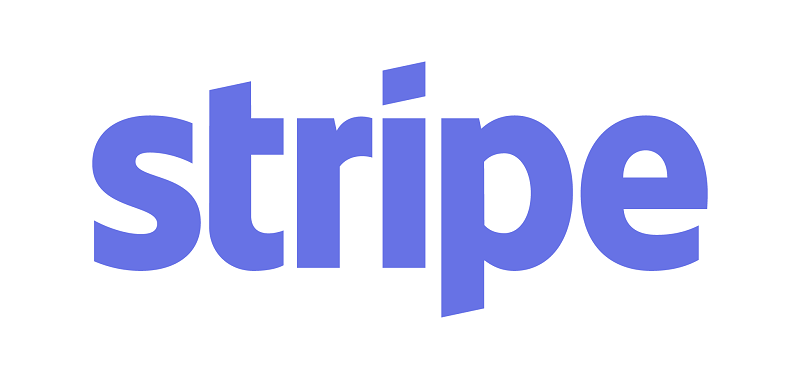Stripe is a payment processing platform. It helps businesses move money from a customer’s bank account to their own through credit or debit card transactions. It’s that simple. Stripe’s products are designed for eCommerce transactions. As more businesses sell online and in person, Stripe now also supports credit card terminals, point-of-sale (POS) systems, and mobile payment solutions.


At the core of Stripe’s business operations is generating revenue data. It combines a payments platform with applications aimed at achieving this goal.
Stripe has unique features that set it apart from its competitors.
Here are four key benefits of using Stripe’s payment system:
You can sign up online without a complicated approval process. You get approved quickly as a payment service provider (PSP).
If you want more than just basic customization, Stripe offers many developer tools and APIs, all with detailed documentation. However, you may need coding skills or a developer to utilize these features fully.
Stripe provides a single, integrated system for both online and in-person sales. It includes both credit card processing and a payment gateway.
While no provider can guarantee 100% security, Stripe comes close. Basic security features like TLS (SSL) and encryption are included for free. More advanced features, like the Stripe Radar anti-fraud service, may cost extra.
To process online transactions, you usually need both a payment gateway and a payment processor. The gateway securely sends the customer’s credit card information to the processor, which handles the transaction. Funds from the customer’s bank go to a merchant account, where Stripe deducts its fees. Stripe combines the gateway and payment processing into one product, making it easier for eCommerce.
This is for non-programmers. It allows you to create a customized payment page without writing code. If you can use your site’s content management system (CMS), you can set it up by copying and pasting some code and choosing from basic customization options. Features include email receipts, coupons, automatic tax collection, language support, and chargeback protection. It’s a good starting point for new eCommerce merchants, but you might need a more customizable option later.
If you’re a freelancer or contractor who needs to send invoices, Stripe is a good choice. You can create and send online invoices with your business logo, itemized breakdowns, automatic tax collection, and a payment link. Stripe claims most invoices get paid within three days.
If you need to accept in-person payments, Stripe Terminal lets you add physical payment hardware to your setup. It focuses on mobile systems and currently supports Bluetooth card readers. You can get all payment data from online and in-person sales in your Stripe Dashboard.
To unlock Stripe’s full potential, you need coding skills or access to a developer. If you don’t have a developer, Stripe can help you find one. While this service isn't free, it can be a worthwhile investment for your business. Stripe offers extensive online resources, including documentation and code snippets for various features. You need API keys from your Stripe account to go live.
Click on the ‘Start Now’ button on the Stripe website.
Fill in your email, name, and country, then create a password.
Check your email to verify your address.
Provide details about your business, including banking information and a recent credit card statement. You can also set up two-step authentication for added security.
You’ll get an email once your account is approved, which can take 24 hours or longer. It’s important to be honest about your business and what you sell.
After your account is active, you’ll need to set up Stripe for your eCommerce site. Here’s a quick overview:
You’ll need two pairs of API keys: one for testing and one for when you go live. You can find these in your Stripe Dashboard under Developers > API Keys. You can switch between Live and Test keys after activation. Stripe works well with popular programming languages like Ruby, Python, PHP, Java, Node.js, Go, and . NET.
The basic setup for Stripe is straightforward. If you’re using a pre-built option like Stripe Checkout, you can usually set it up by copying and pasting code. For more customized options, you’ll need to install the appropriate Stripe library for your programming language using package managers like npm for Node.js or pip for Python. After that, you’ll set your API keys and create a payment intent with details like amount, currency, payment method, and the email for the receipt. If everything is set up correctly, Stripe will return transaction details.

Subscribe to our newsletter and we will keep you informed about upcoming webinars, news, events and updates to our products.
Copyright© 2024 Bronzeagle, All rights reserved.